Crate training often sparks a debate among pet owners.
The concept of leaving a dog in a crate for extended periods can seem daunting and, to some, cruel.
However, as a previous skeptic myself, I discovered that crate training my dog, Carter, offered unexpected benefits and peace of mind.
Understanding the Essence of Crate Training
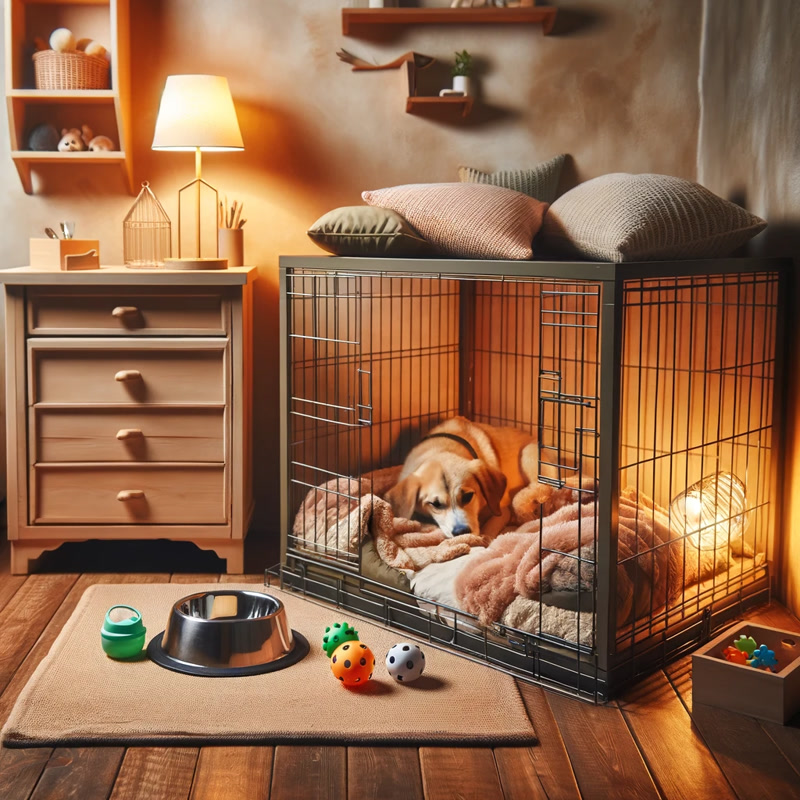
Crate training involves teaching your dog to accept the crate as a safe, personal space. Ideally, it should be a voluntary retreat for rest and relaxation, not a punishment or isolation tool.
When introduced properly, your dog can learn to love their crate as much as their favorite toy or sleeping spot.
Why Crate Training Matters: The Benefits Unveiled
- Security and Comfort: A crate serves as a personal den where dogs can feel secure and comfortable, especially when the household is busy or during nighttime.
- Safety: It keeps puppies and curious dogs safe from potential household hazards when unsupervised.
- Aid in House Training: Crates leverage a dog’s natural instinct to not soil their sleeping area, thus aiding in faster house training.
- Ease of Travel: Crates are invaluable for safe and stress-free travel with your dog, be it short trips to the vet or long-distance travel.
Mastering Crate Training: A Comprehensive Guide for Dog Owners
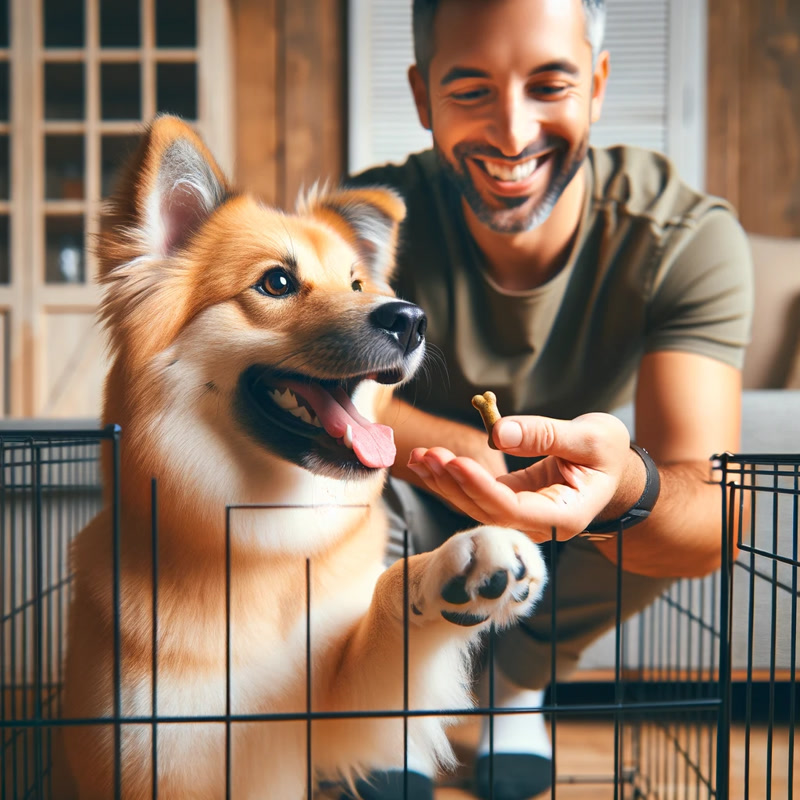
Choosing the right crate is pivotal. It should be spacious enough for the dog to stand, turn around, and stretch comfortably.
Dividers are handy for growing puppies, as they allow space adjustments according to their size.
Consider the material and type based on your dog’s needs and your lifestyle, whether it’s a sturdy plastic crate for travel or a wire crate for better ventilation and visibility.
Introducing Your Dog to the Crate: Tips and Techniques
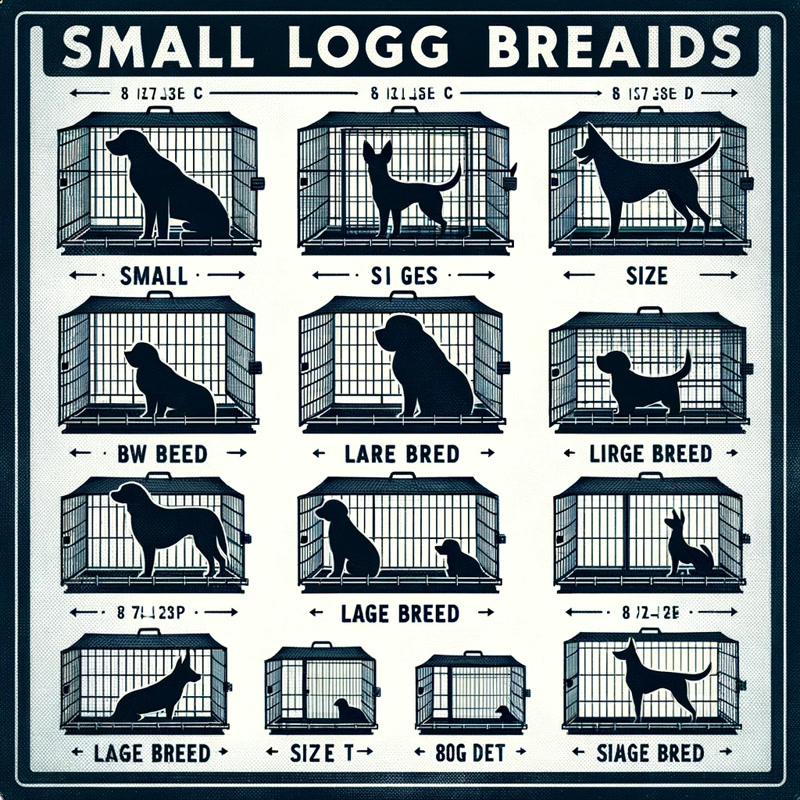
Start by making the crate inviting. Place it in a familiar area and add soft bedding. Introduce the crate gradually, using treats and positive reinforcement.
Never force them in, as this can create a negative association. Instead, use treats, toys, and meals to create a positive connection with the crate.
Practice closing the door for short periods once your dog is comfortably entering the crate on their own.
Dos and Don’ts of Crate Training
- Do make it a positive experience with treats, toys, and praise.
- Do ensure the crate is a comfortable and inviting space.
- Don’t use the crate as a form of punishment.
- Don’t leave puppies in the crate for too long; they need regular breaks for bathroom and play.
Training Duration and Schedules
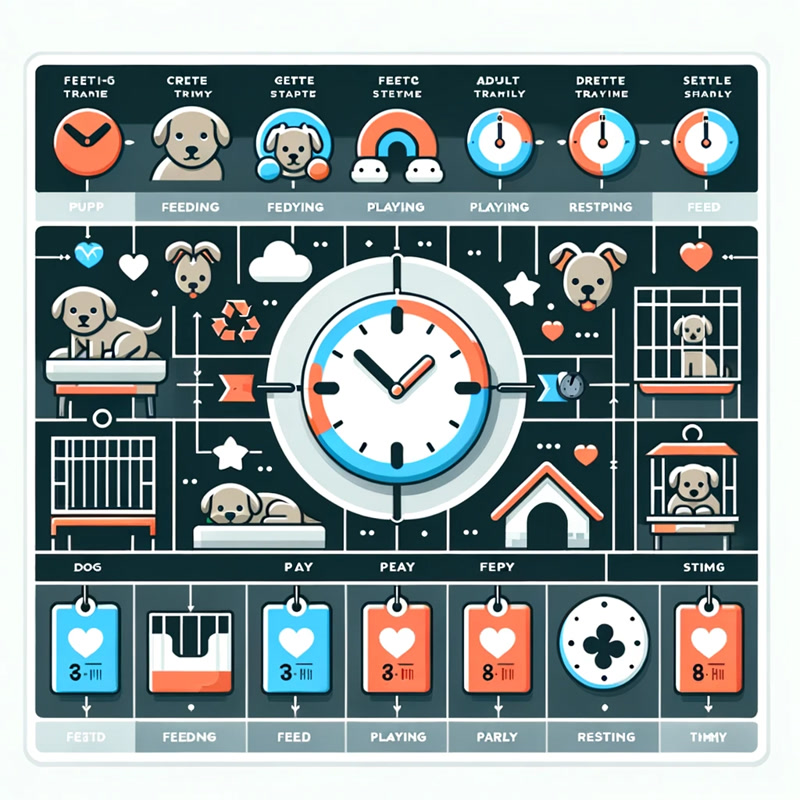
Understand the limitations of crate time, especially for puppies.
Young dogs cannot control their bladder for long periods, so they need breaks every few hours based on their age.
For older dogs, the crate can be a place for overnight sleep or a few hours of daytime rest, provided they have enough mental and physical exercise before and after crating.
Making the Crate a Positive Space
Ensure the crate is a positive space by including favorite toys or a Kong filled with treats.
Monitor your dog’s behavior; if they appear anxious or distressed, reassess your training method.
Consistency, patience, and positive reinforcement are key to successful crate training.
Conclusion: Embracing the Crate
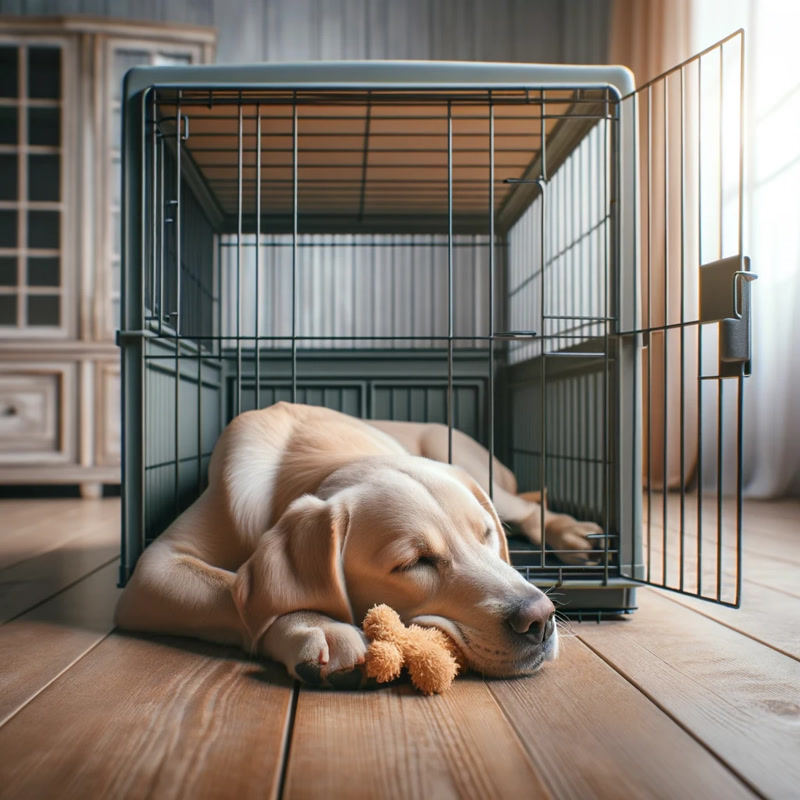
When approached with understanding and patience, crate training can significantly enhance your life and your dog’s well-being.
It’s not about confining them but providing a personal space for safety, comfort, and tranquility.
Whether for house training, safety, or travel, a well-trained crate dog enjoys the benefits of their own special retreat.
Crate training is not a one-size-fits-all solution but, with the right approach, it can be a rewarding experience for you and your furry friend.
As with any training, it’s about understanding, patience, and consistency.
If in doubt, consult a professional trainer or behaviorist to guide you through the process.
Your dog’s comfort and safety should always be the priority in crate training endeavors.

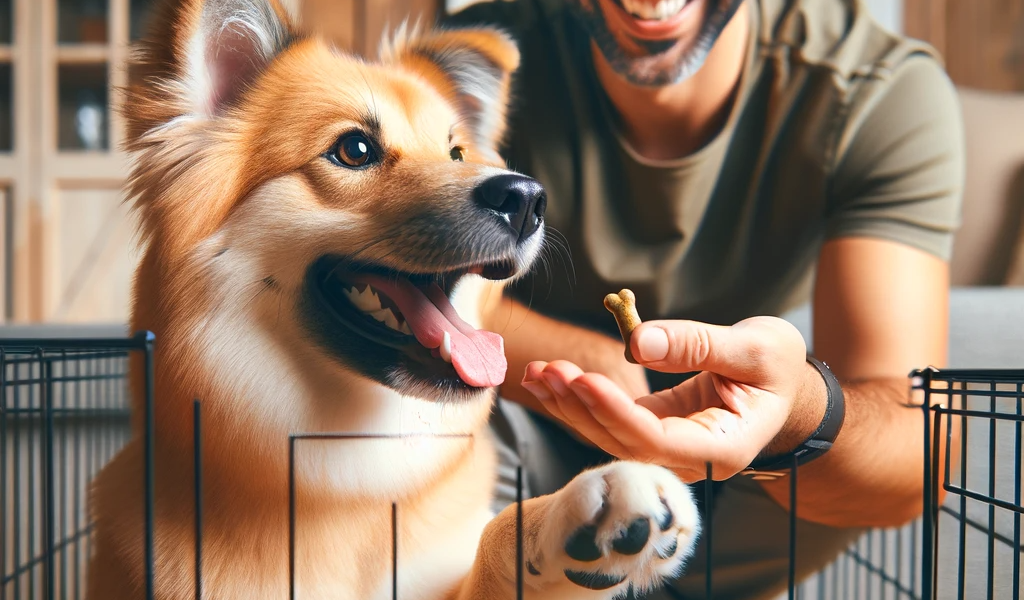




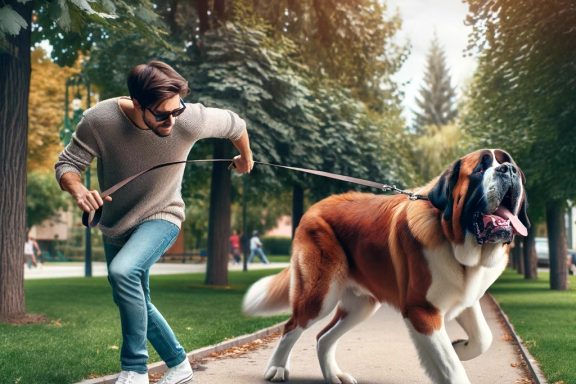
No Comments